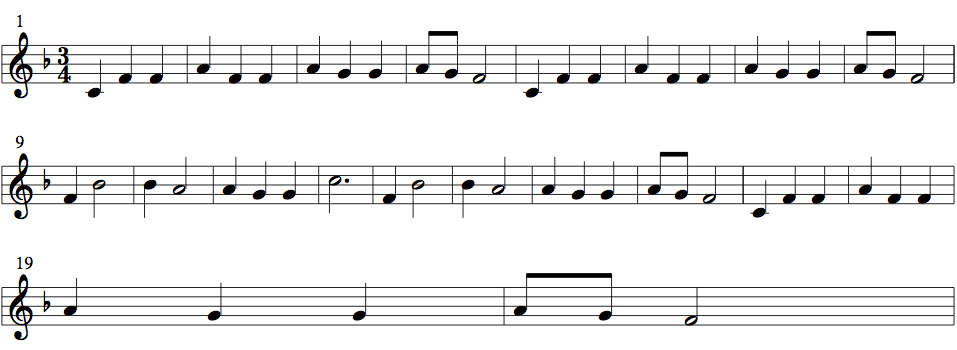TagMusic
❤️ Learning Synths (archive) by Ableton
Rhythm of prime numbers
I had been reading about music theory on Wikipedia and was fascinated with the amount of mathematics involved in it. After going into the rabbit hole of the circle of fifths, the duodecimal number system, and this crazy clock face, I finally decided to go to bed. Having read so much (and understood so little), I started to wonder where prime numbers fit in.
As I understand rhythm better than harmony and melody, I decided to map the first few prime numbers to a beat. Since most prime numbers below fifty are either one more, or one less than a multiple of six, I knew it’ll lead to interesting results.
Rock
The rock beat has a hi-hat on every eighth note, and I am counting every eighth note for mapping the prime numbers. There is a snare and the bass drum on 1 and 3, and 2 and 4 respectively to make a basic rock beat, a clap for every prime number, and a cow bell for multiples of six.
The accentuation is on the 6th eighth note of the first bar, the 4th eighth note of the second bar and so on, because of prime numbers lying adjacent to multiples of six. I feel this gives the beat some swing.
Jazz
Because of Jazz’s triplet beat structure, it lends itself better to multiples of six. I counted every triplet to map the prime numbers. Its the most basic jazz beat with the low tom playing for prime numbers.
Both beats sound alright and not as random as prime numbers are, mostly because we stuck to those below fifty. If you want to count along with the beat, here are slowed down versions of both:
The band Tool is known to have used the Fibonacci sequence in Lateralus, I wonder if they or someone else used prime numbers too.
XLR8R: Podcast 428: Maayan Nidam
There is always a voice in your head. For long periods, mine was telling me that club music isn’t real music. If you consider yourself a true artist then sometimes that isn’t enough.
From the XLR8R podcast and interview of Berlin based Israeli DJ producer Maayan Nidam
Church Bells
Since the day I started getting up early, there have been church bells. Every morning, without fail — 6am in Mumbai, 5am in Goa — never missed a day. Until, they did.
For a week or so I heard nothing. I’d even go out to the balcony hoping to catch a faint note. I never gave them a second thought while humming along, but when they were gone I wondered where they came from and who sounded them. Though I still don’t know their origin, at least I know I won’t lose them again.

When googling and playing every sheet I could find didn’t work, I tried to play them on the keyboard from memory. After a few attempts I had something and by sheer luck it was even in the right key.
I have never had to pursue the identity of sound like this. Not knowing the lyrics, the genre, or even a time period, I feared it might only live as a thought in my head. I sought this one out, but so many songs that I pass by in restaurants, on the streets, at carnivals and in people, will sadly be lost.
Searching for the piece by key was fruitful, I found sheets with improvisations and a video of someone playing those sheets.
Disasterpeace's Production Techniques for FEZ
Disasterpeace goes over his process of creating synth patches for the soundtrack of FEZ using Native Intrument’s Massive and a lot of bitcrushing.
Need
First heard this track in the Eats Everything Origins video.
Take Back All Of Those Things
by Guillaume
I love the album art as much as I love the tracks 🙂
From AUTOBRENNT
A master of doing familiar things in unfamiliar ways, Guillaume exactly hits the spot once again with this loveably curious EP.
♫ There’s no need to walk or even run ♫
Year Walk by Daniel Olsén
A song journey through Swedish folk music played on electric organs and timbale, lullabies sung by wooden dolls, soundscapes in the place between time and space and long forgotten hymns.
CCS074
by Andrey Pushkarev